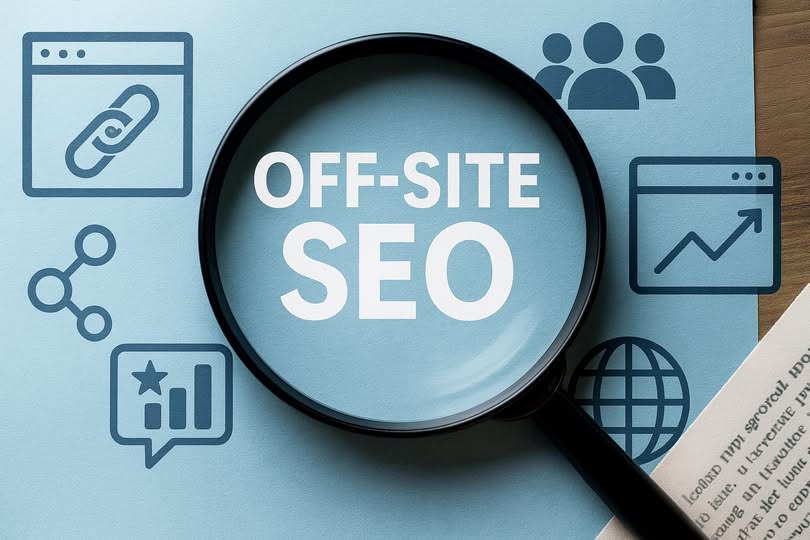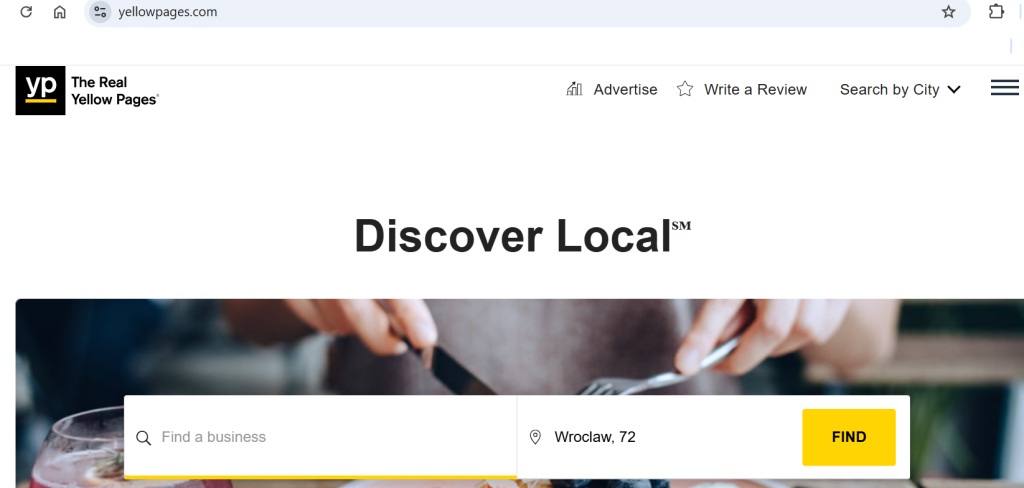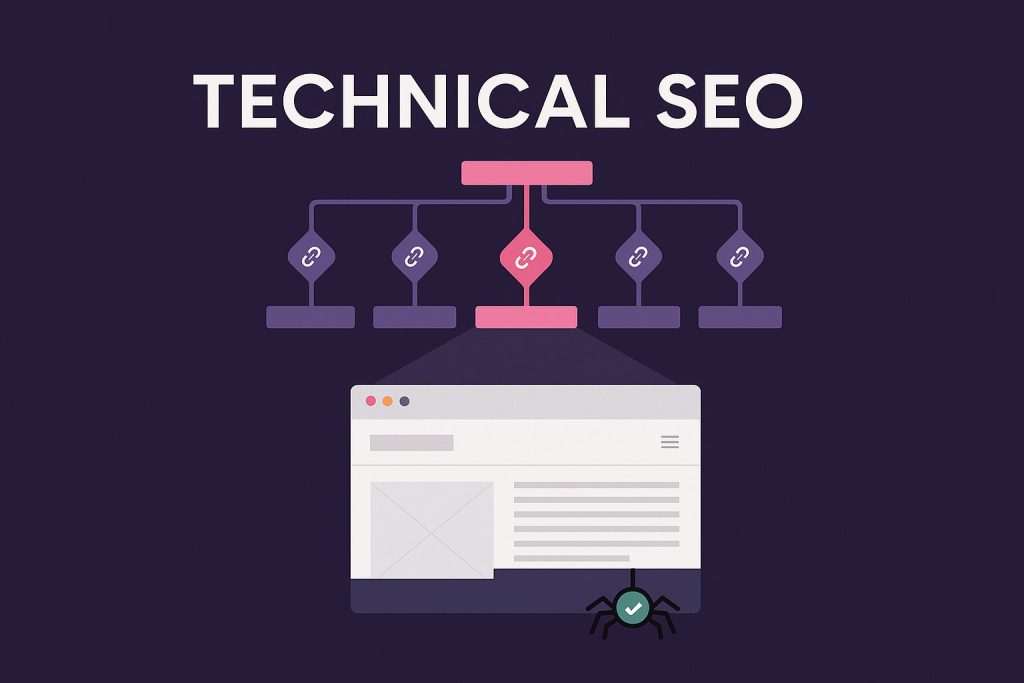Off-Site SEO is one of the most influential pillars of search engine optimization, focusing on everything that happens outside your website to improve its rankings, topical authority, and reputation. While On-Site SEO deals with optimizing internal factors such as content, structure, and metadata, Off-Site SEO builds your digital reputation through backlinks, mentions, social signals, and engagement across the web.

It’s the strategic process of showing search engines that your website deserves to rank — because other authoritative sites value, reference, and trust your content. To master Off-Site SEO, it’s essential to understand how it fits into the broader of Search Engine Optimization ecosystem:
- Technical SEO ensures accessibility,
- On-Site SEO ensures relevance, and
- Off-Site SEO ensures credibility.
Together, these three components form a complete SEO foundation that drives traffic, builds trust, and enhances visibility in search results.
What Is Off-Site SEO?
Off-Site SEO (also known as off-page SEO) refers to all optimization activities that take place beyond your own website but still impact your search engine rankings. It’s about building credibility, authority, and trustworthiness in the eyes of both users and search engines.
The most common Off-Site SEO techniques include:
- Backlink building from reputable, niche-relevant websites
- Social media marketing and content sharing
- Influencer collaborations and guest posting
- Brand mentions and citations across the web
- Online reviews and reputation management
In simple terms, Off-Site SEO is about how others perceive your brand online. If multiple trustworthy websites link to or mention your content, Google interprets this as a sign of reliability. The more positive signals your website earns from external platforms, the stronger your domain authority becomes — which directly affects your search rankings and ability to increase organic traffic.
Why Is Off-Site SEO Important?
Search engines use Off-Site SEO signals to measure how much the rest of the web values your website. These signals act as indicators of trust, relevance, and popularity. When other respected websites refer to your content, they pass a portion of their authority (called link equity) to you.
Here’s why Off-Site SEO is crucial for every website:
- Boosts Search Rankings: High-quality backlinks from authoritative domains signal to Google that your site provides credible information.
- Increases Referral Traffic: Each backlink can serve as a gateway for users from other platforms, blogs, or forums.
- Builds Trust and Credibility: When your brand is mentioned across trusted sources, it enhances user confidence.
- Improves Brand Visibility: Off-Site SEO puts your name where your audience already is — on social platforms, guest blogs, and industry publications.
- Supports Long-Term Growth: Unlike paid ads, strong Off-Site SEO provides lasting benefits that compound over time.
Off-Site SEO also complements internal practices like Internal Linking. While backlinks strengthen your domain authority externally, a solid internal linking strategy ensures that link equity flows effectively between your own pages, reinforcing the value of every earned link.
On-Site SEO vs. Off-Site SEO
Though both fall under the SEO umbrella, On-Site and Off-Site SEO play very different roles in the optimization process — and both are essential.
| Aspect | On-Site SEO | Off-Site SEO |
|---|---|---|
| Focus Area | Elements within your website (content, structure, tags, etc.) | Factors outside your website (backlinks, mentions, reviews, etc.) |
| Goal | Improve relevance and user experience | Improve authority and credibility |
| Examples | Meta titles, headings, image alt text, internal linking | Backlinks, guest posts, brand mentions, social shares |
| Control Level | Fully under your control | Relies on external sources |
| Primary Metric | On-page optimization score, keyword density, readability | Domain authority, number of referring domains, link quality |
For a successful SEO strategy, both must work hand-in-hand. Without On-Site optimization, your content may not rank even if you earn backlinks. Without Off-Site efforts, your optimized content might not gain the authority needed to outperform competitors.
Pairing On-Site SEO with a clen technical seo setup ensures that search engines can easily crawl and index your site, while Off-Site efforts expand your digital footprint and reputation.
Off-Site SEO Influences Domain Authority
Domain Authority (DA) is a score that predicts how likely your website is to rank in search engine results. Although not an official Google metric, it’s widely used as an indicator of site strength and trustworthiness. Meanwhile, I’ve invested significant time and resources into creating valuable content through content marketing to strengthen my authority and brand credibility.
Off-Site SEO directly influences your DA by earning backlinks from reputable and relevant sources. Each high-quality backlink serves as a digital endorsement — a signal to search engines that your website is reliable and valuable. The stronger and more relevant these links are, the higher your perceived authority.
Here’s how Off-Site SEO contributes to better Domain Authority:
- Quality over quantity: One link from an authoritative site (like a major publication) is more valuable than dozens from low-quality blogs.
- Relevance matters: Backlinks from industry-related websites strengthen topical authority.
- Diverse link profile: A natural mix of links — including guest posts, directories, citations, and media mentions — signals authenticity.
- Social engagement: Shares and mentions on social platforms increase brand awareness and secondary link opportunities.
A high DA not only improves rankings but also helps you attract collaborations, media features, and new business opportunities. The key is to combine external credibility with internal structure — using smart Internal Linking and technical optimization to make every link count.
Improve E-E-A-T (Experience, Expertise, Authority, and Trust)
Google’s Search Quality Rater Guidelines emphasize E-E-A-T as a major factor in evaluating content credibility and ranking quality. Strengthening these elements helps your website demonstrate genuine experience, expert knowledge, and reliability — all essential for higher SEO performance. Off-page SEO, especially through backlinks, mentions, and reviews, enhances your E-E-A-T profile by showing that others trust and recognize your expertise.

To improve E-E-A-T, focus on creating high-value, evidence-based content, building authoritative connections, and maintaining transparency across your brand presence.
Key ways to improve E-E-A-T:
- Showcase real-world experience and case studies.
- Collaborate with recognized experts in your industry.
- Earn quality backlinks from trusted, niche-relevant websites.
- Keep author bios and credentials visible.
- Collect and display positive customer reviews and testimonials.
- Strengthen your brand consistency across all online platforms.
- Ensure your content is accurate, up-to-date, and verifiable.
Boost Off-Site SEO With Great Backlinks
The backbone of Off-Site SEO is link building. Backlinks are essentially recommendations from one website to another, showing that your content is credible, useful, or authoritative. But not all links are created equal — quality always beats quantity.
Here are the most effective ways to build free strong backlinks:
1. Guest Posting and Expert Contributions
Writing valuable content for other reputable websites in your niche is one of the safest and most effective ways to build backlinks. When done right, it positions you as an industry expert and drives referral traffic.
You know, getting links from trusted “seed sites” is like earning a personal recommendation from an industry giant. Google pays serious attention to them. When a credible site — like a respected news outlet, university, or government page — links to your content, it’s not just a backlink; it’s a signal of authority and trust. That’s how Google decides your site has real E-E-A-T — Experience, Expertise, Authoritativeness, and Trustworthiness. It’s like saying, “Hey, this content is reliable.” So instead of chasing hundreds of random links, focus on a few high-quality ones from trusted sources — they’ll carry far more weight in your SEO journey.

For Examples –
You see, links from high-authority sites like Forbes, The New York Times, or BBC carry massive weight in Google’s eyes. These are trusted “seed sites” — the kind Google uses to measure credibility and authority across the web. When your content earns a backlink from one of them, it’s like getting a public endorsement that says, this source is reliable. Such links don’t just boost rankings; they strengthen your site’s overall E-E-A-T .
2. Content-Driven Link Earning
Create highly shareable, research-based, or visual content (like infographics and case studies) that others naturally want to reference. The more useful your content, the more backlinks it will attract organically. Content-driven link earning is all about creating valuable, share-worthy content that naturally attracts backlinks. When your articles, infographics, or research provide real insight, people link to them because they want to, not because you asked. It’s the most sustainable and Google-approved way to build authority. High-quality content acts like a magnet — it earns mentions from daily blogs, journalists, and industry leaders. Think data studies, how-to guides, or expert insights that others reference. The key is consistency and originality — when your content solves problems or adds genuine value, links will follow naturally, strengthening your site’s authority and trust.
3. Collaborations and Influencer Outreach
Partner with bloggers, keep influencers ahead for collaborations, and media outlets in your industry to exchange value — not just links. Co-branded content or interviews often generate authentic backlinks and social shares.
4. Business Directories and Local Listings
Business directories and local listings are powerful tools for improving online visibility and building backlinks. Listing your business on trusted platforms like Google Business Profile, Bing Places, Yelp, or Yellow Pages helps search engines verify your credibility and location. These citations strengthen your site’s local SEO and make it easier for customers to find you. Each listing acts as a quality backlink, boosting both traffic and trust.


Google Business Profile Image
The Real yellow Pages Image
To get the best results, ensure your business name, address, and phone number (NAP) are consistent across all platforms. Accurate listings signal reliability — helping your business rank higher in local search results.
5. Monitor Competitors’ Backlink Profiles
Analyzing where your competitors earn their backlinks can uncover new outreach opportunities. Tools like Ahrefs or SEMrush can reveal valuable insights for your Off-Site SEO roadmap.
When building backlinks, always focus on ethical (white-hat) practices. Avoid link farms, spammy exchanges, or paid schemes — these can damage your rankings instead of improving them.
Additionally, link equity becomes more effective when it flows seamlessly through your website. By maintaining a solid internal structure and applying Internal Linking best practices, you ensure that every external link contributes to the overall authority of your domain.
Bringing It All Together
Off-Site SEO is not a quick-win tactic; it’s a long-term strategy that compounds over time. It requires patience, consistency, and authenticity. A well-executed Off-Site SEO plan strengthens your domain authority, builds your brand’s online reputation, and significantly increases your organic reach.
To succeed:
- Combine Off-Site strategies with robust On-Site and Technical SEO.
- Focus on relevance, quality, and trust — not shortcuts.
- Diversify your link sources for a natural backlink profile.
- Engage actively across platforms and communities where your audience exists.
When implemented strategically, Off-Site SEO helps your website rise above competitors and establish itself as a trusted industry leader. It’s how you turn a website into a brand — one that both users and algorithms recognize, trust, and reward with visibility.

